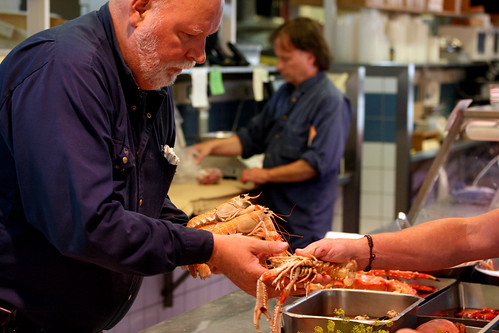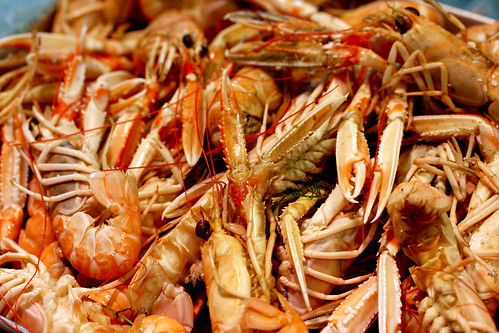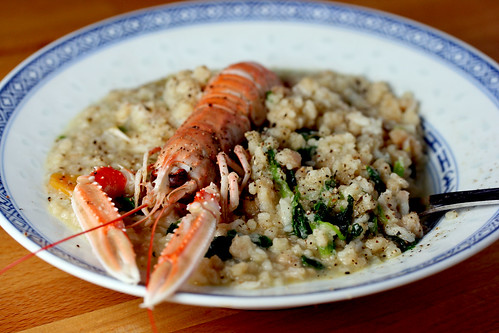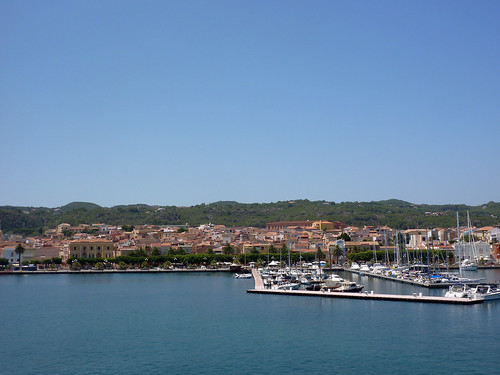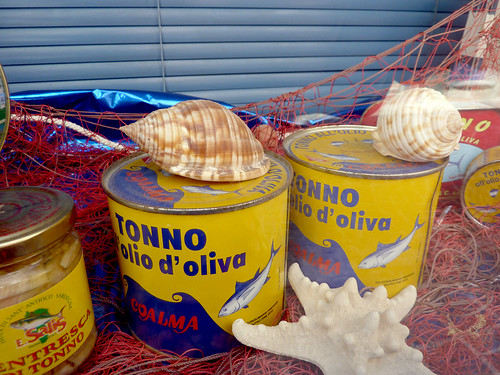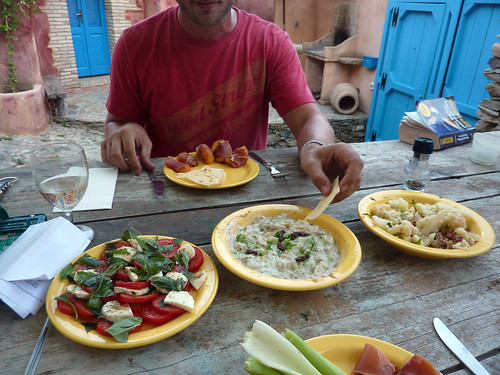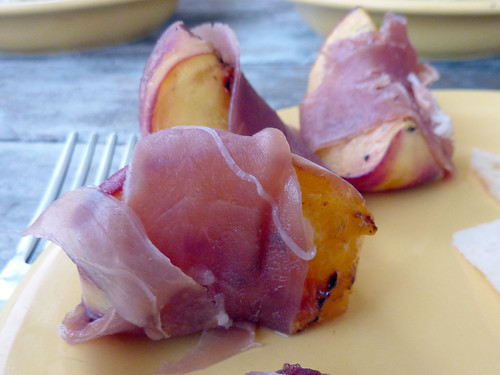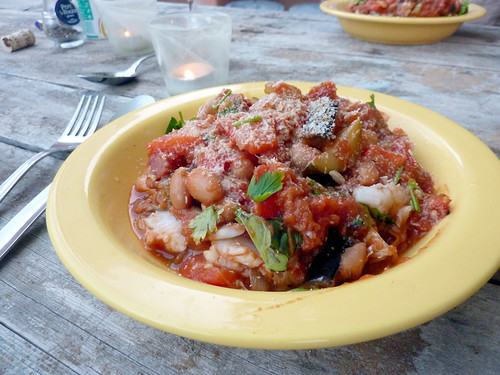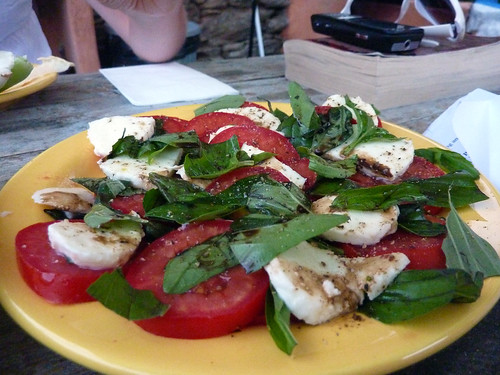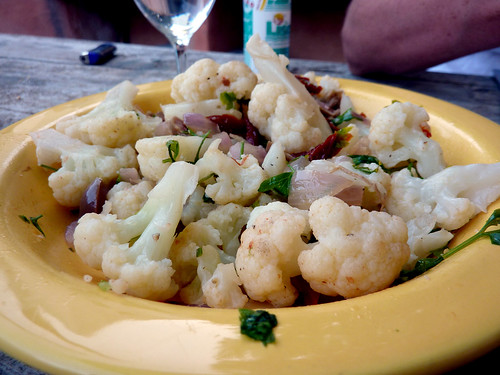
Sardinia’s opal tinted waters that lap against the island’s crinkly coast are awash with bronzed Italian bodies and most excitingly, are wriggling with grey mullet. The history of Sardinia, the Mediterranean and these wriggling mullet is so intertwined that you could write a compelling anthropological thesis about their relationship that would reveal the island’s true character.
Sardinia’s location makes the island a sponge for outside influences. Over the centuries Sardinia has been invaded by the Vandals, the Byzantines, the Ostrogoths and the maritime republics of Genoa and Pisa as well as being inundated by Arab raids. It’s this influx of external influences that makes Sardinia’s food culture so interesting. A quick look at the culinary palimpsest shows what a strong influence Arab culture has had on Sardinia with the legacy of fregola and most interestingly, bottarga.
Bottarga (AKA Sardinian Caviar) is the preserved roe sac from grey mullet and tastes deeply savoury, super salty and very grown up. Just imagine a firmer, nuttier version of an anchovy. It is made by salting a mullet roe sac and then pressing it between two pieces of wood and air-drying it. When cured it is then covered in a layer of beeswax and sold for an extortionate price in flash delis all over the world. It gets its name from the Arabic batarekh and is found in various guises across the Middle East.
Like all seafood and Italian food it is at its best at its most simple. Just grate it onto a bowl of pasta that’s been doused in garlic infused-olive-oil and lemon zest and shower it in parsley and you will be eating the very essence of Sardinia.


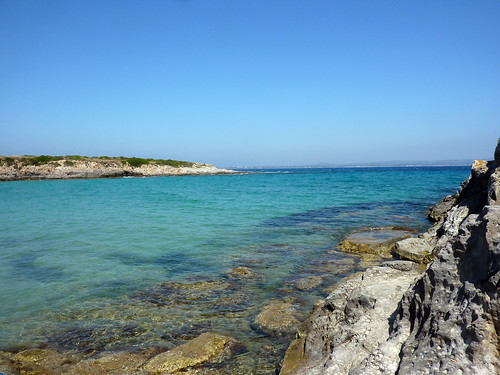

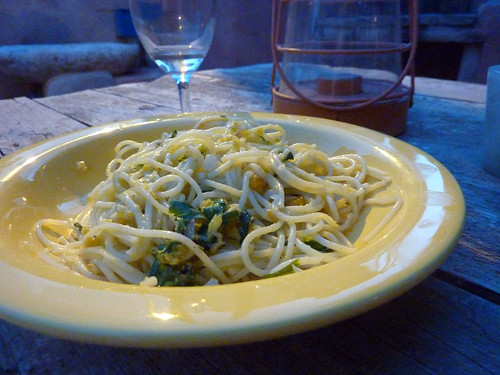
We had a go at cooking an improvised version of spaghetti alla bottarga in our outdoor kitchen at Casa Teulada whilst we were in Sardinia and loved it so much that I made it my mission to recreate it properly back in my kitchen in Sweden. With a recipe from Mario Batali as a guide I put my waxy block of fishy gold to good use.
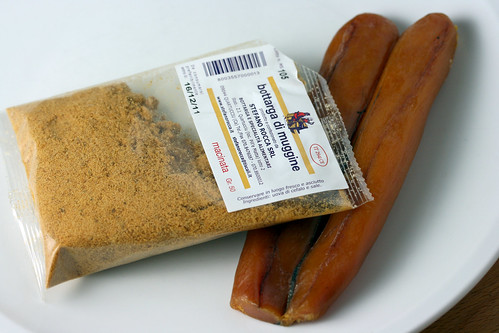
Ingredients:
Top quality spaghetti
Bottarga
Italian parsley
Olive oil
2 cloves of garlic
1 lemon
Chilli flakes
Salt and pepper
Method:
Boil the pasta in salted water.
Meanwhile gently heat an indecent glug of olive oil in a cast iron pan and add the thinly sliced garlic and chilli flakes. You just want the garlic to warm through and lose its raw edge which will take no more than a few minutes. If you've got some bottarga powder as well as the roe, sprinkle some into the oil for a deeper flavour.
Then when the pasta is cooked use a claw and add the pasta to the garlicky oil. Flick in some of the magical pasta water and toss. Then serve in a bowl and sprinkle with finely chopped parsley, lemon zest and then triumphantly grate over a generous amount of bottarga. Make haste and serve pronto.
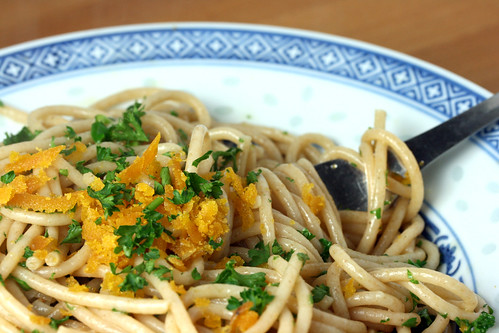
Washed down with an icy bottle of Vermentino, each forkful transports you back to the warm, breezy shores of Sardinia.
This post has been entered into the Grantourismo HomeAway Holiday-Rentals travel blogging competition which you can read about here and on www.homeaway.co.uk
For more information about bottarga and Sardinia have a look at these sites:
Gastroanthropology on bottarga
Granturismo themselves on the delicacies of Sardinia and even more bizarrely their account of staying in our apartment!
Practically Edible on Bottarga
One Bite on Bottarga

